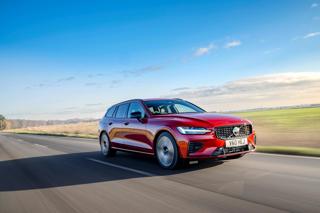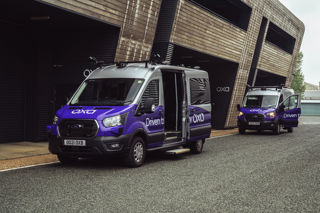Selwyn Cooper, Head of Business Sales, Volvo Car UK, looks at the pros and cons of in-car connectivity for business drivers as technology becomes more sophisticated
The rapid rise of smartphone and tablet technology has all added to the pressures of working remotely within or beyond office hours. Employees are connected to the internet around the clock, and there is literally no means of escape in the so-called ‘always on’ society.
In-car technology has also become far more advanced, however its in-car safety role hasn’t always been fully considered. With technology set to play an even more significant role with company vehicles of the future, emerging technologies must be used to enhance protection and reduce driver distraction.
In recent times, the emergence of ever more sophisticated satellite navigation systems has seen drivers become no less distracted in the modern age according to a recent statement made by the Institute of Advanced Motorists (IAM). On the flipside, GPS remains a vital tool and innovation that drives everyday business, and Volvo Sensus Connect – just one of many examples on the market today – allows company car drivers to get to destinations quicker by using the shortest route, avoid traffic congestion and find the nearest parking place. This all makes for a more fuel and time efficient fleet, and in-turn, less wasted miles, emissions and money. Vehicles have equally been transformed into individual Wi-Fi hotspots (another feature of Sensus Connect) so that any break to communications is minimised.
Looking further into the future, even greater benefits to productivity will become clear. Cars will be able to ‘talk’ to other cars, giving details of their location, direction and speed in order to avoid collisions.
There are other benefits too – the technology will enable vehicles to communicate with road infrastructure. Imagine, for example, your route includes a road with multiple traffic lights – often leading to stop start journeys and driver frustration at the constantly interrupted progress.
Now imagine that your car can see the lights, anticipate their phasing and optimise your speed so that you continue through each junction without stopping. Not only would this improve your mood as a driver, it also improves vehicle emissions and fuel consumption, and could also reduce traffic congestion.
It doesn’t stop there either – your car can probably already tell you there’s ice on the road once temperatures drop in the winter, but what about alerting you to an accident and oil spillage 200m ahead of you on the motorway? Knowing that sort of information in advance could quite literally be a life saver. And the good news is that it’s not that far away.
In-car connectivity is clearly a big issue for us all, and in recent years has provoked much debate over safety – mobile phones in cars, even handsfree, is just one such issue. However, the next generation of in-car connectivity is much more forward-thinking and takes the issues of risk management far more seriously.
Giving drivers relevant, timely information about the road ahead will have huge ramifications for road safety and for business drivers spending long hours on the roads, that can only be a good thing.


















Login to comment
Comments
No comments have been made yet.